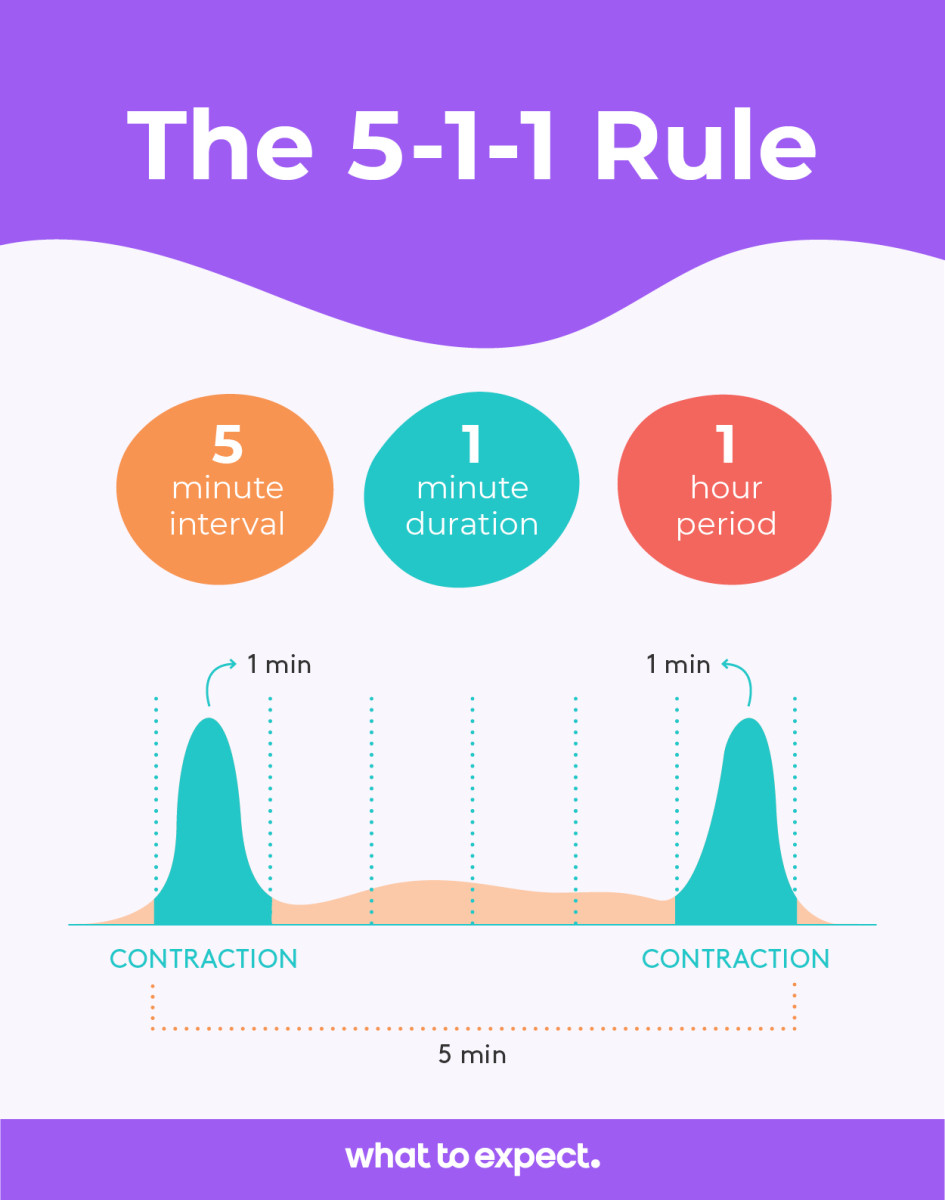Last Updated on 1 year by Francis
Are you ever curious about what those light contractions feel like? Many women experience them during pregnancy and wonder if it’s a sign of early labor. In this article, we’ll discuss what light contractions feel like, how to distinguish them from Braxton Hicks, and what to do if they persist. So, read on to find out more!
Light contractions feel like a tightening or cramping in the lower abdomen that comes and goes in waves and generally increases in intensity as labor progresses. They can sometimes be accompanied by back pain, which is caused by the uterus contracting and pushing on the spine. They are typically mild and sometimes mistaken for gas pains. During light contractions, the cervix will open slightly, preparing the body for birth.

Contents
What are Light Contractions
Light contractions are mild uterine contractions that usually occur during the early stages of labor. They are usually not painful and are often referred to as Braxton Hicks contractions. These contractions are usually not associated with the opening of the cervix or the onset of labor but can be a sign that labor may be beginning.
Light contractions are very common in the last few weeks of pregnancy and can be a sign that the body is preparing for labor. They are usually irregular and do not last longer than 30 to 60 seconds. The intensity of the contractions may vary from mild to strong and they may occur in the lower abdomen or in the lower back.
What Does it Feel Like?
Light contractions can feel like a tightening or squeezing sensation in the lower abdomen or back. They may be mild or strong, and the intensity can vary. Some women may also experience the feeling of their uterus tightening and then releasing.
Light contractions may be uncomfortable, but they should not be painful. They should not be accompanied by any bleeding or changes in vaginal discharge. If the contractions become painful or if there is any bleeding or other changes, it is important to notify a health care provider.
When to Call a Doctor
If light contractions become more frequent, more intense, or last longer than 60 seconds, it is important to contact a health care provider. It is also important to contact a health care provider if there is any bleeding, changes in vaginal discharge, or if the contractions become painful.
It is important to keep track of the frequency, intensity, and duration of the contractions. This information can help a health care provider determine if labor is beginning or if further evaluation is needed.
When Do Light Contractions Occur?
Light contractions usually occur in the last few weeks of pregnancy. They are often referred to as Braxton Hicks contractions and are not associated with the opening of the cervix or the onset of labor.
Light contractions may occur in the lower abdomen or back and can range in intensity from mild to strong. They usually last from 30 to 60 seconds and tend to be irregular.
What Causes Light Contractions?
Light contractions are caused by the body’s preparation for labor. The uterus is made up of muscle and it contracts and relaxes to help the baby move down into the birth canal. As the baby moves down, the uterus begins to contract more often and with more intensity.
Light contractions are a sign that the body is preparing for labor, but they do not necessarily mean that labor is imminent. They may occur more frequently as labor approaches, but it is important to contact a health care provider if the contractions become more frequent, more intense, or last longer than 60 seconds.
How to Manage Light Contractions
Light contractions can be managed in a variety of ways. It is important to remember that they are not usually painful and should not be accompanied by any bleeding or changes in vaginal discharge.
Relaxation techniques such as deep breathing, visualization, and massage can help relax the body and reduce the intensity of the contractions. Changing positions can also help reduce the intensity of the contractions. It is also important to drink plenty of fluids and stay hydrated.
It is important to contact a health care provider if the contractions become more frequent, more intense, or last longer than 60 seconds.
Related Faq
What Do Light Contractions Feel Like?
Answer: Light contractions feel like a tightening or squeezing sensation in the lower abdomen. They typically start out as an uncomfortable tightness and gradually become more intense over time. They are usually felt in the front of the abdomen, but can sometimes be felt in the sides and back as well. The duration of light contractions typically range from 30 seconds to two minutes.
How Do Light Contractions Differ From Regular Contractions?
Answer: Light contractions differ from regular contractions in intensity, duration and frequency. Light contractions are usually mild and occur more frequently than regular contractions. They typically last from 30 seconds to two minutes, whereas regular contractions can last up to a full minute. Regular contractions are typically much more intense and can cause a lot of discomfort.
What Is The Difference Between Braxton Hicks Contractions and Light Contractions?
Answer: Braxton Hicks contractions are mild, irregular contractions that occur throughout pregnancy, usually starting in the second trimester. They are often described as a tightening or squeezing sensation in the abdomen. Light contractions, on the other hand, are usually more intense and happen more frequently than Braxton Hicks contractions. They can last up to two minutes and are usually felt in the lower abdomen, but can sometimes be felt in the sides and back as well.
How Can I Tell The Difference Between Light Contractions and Other Types of Abdominal Pain?
Answer: It can be difficult to tell the difference between light contractions and other types of abdominal pain. However, there are a few key indicators that can help you tell the difference. Light contractions are usually felt in the lower abdomen, whereas other types of abdominal pain can be felt in different areas. Light contractions usually come and go in waves and can last up to two minutes, whereas other types of abdominal pain may be more constant.
Are Light Contractions a Sign of Early Labour?
Answer: Light contractions can be a sign of early labour, especially if they become more frequent and intense over time. However, it is important to remember that light contractions are different from regular contractions and are usually not a sign of active labour. If you are experiencing light contractions, it is best to speak to your doctor or midwife to determine if they are a sign of early labour.
What Should I Do If I Start Experiencing Light Contractions?
Answer: If you start experiencing light contractions, it is important to speak to your doctor or midwife as soon as possible. They will be able to assess your symptoms and give you advice on how to manage the contractions. In some cases, your doctor may recommend rest and relaxation or suggest using a TENS machine to help relieve pain. It is important to remember that light contractions are not a sign of active labour and should not be considered as such.
What Do Contractions Feel Like + What Happens During a Contraction
In conclusion, light contractions are an important part of the labor process and can be a helpful indicator of when labor has begun. They can range in intensity, but are typically described as feeling like a tightening or squeezing sensation in the abdomen or lower back. While they may be uncomfortable, they are a normal and natural part of the birthing process and should be expected at some point during labor.








